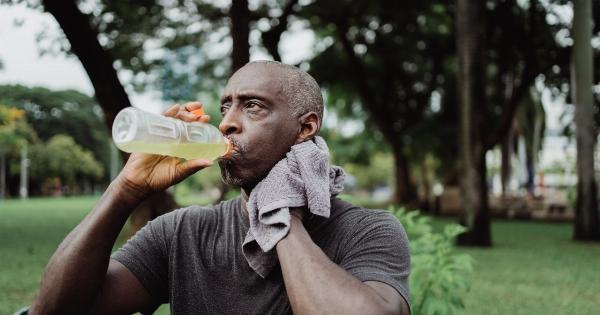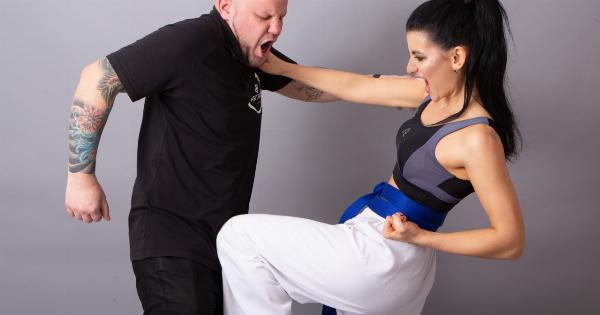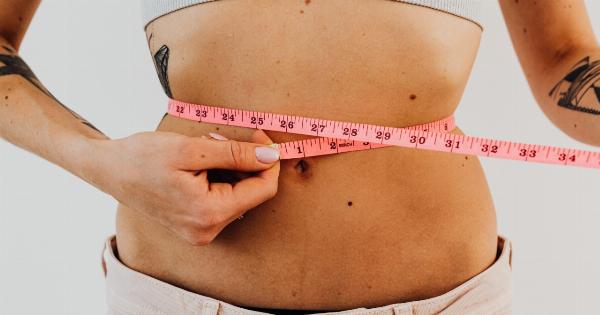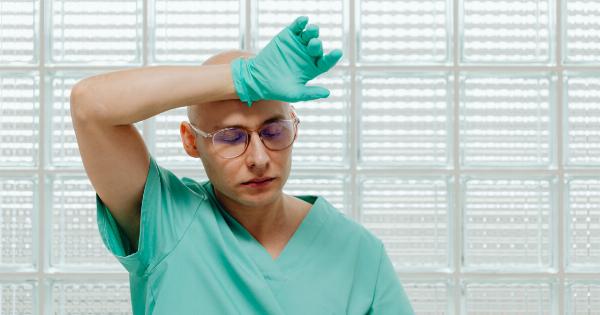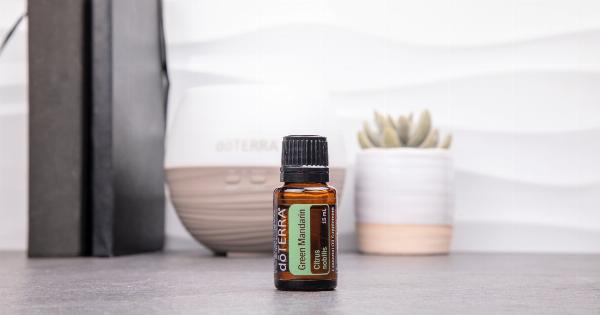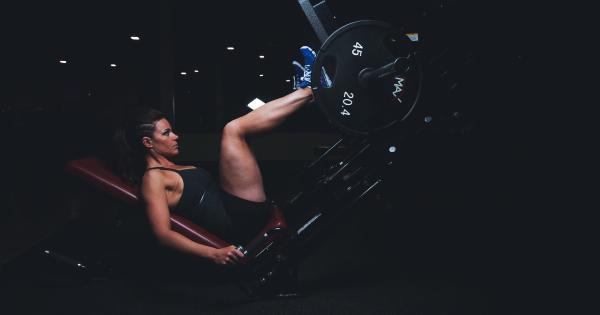Sweating is a normal bodily function that helps regulate body temperature. When the temperature rises, sweat glands produce sweat, which evaporates from the skin surface, dissipating the heat and lowering the body temperature.
However, excessive sweating can be a sign of an underlying health condition, and if left unchecked, it can lead to serious health consequences.
Hyperhidrosis: The Medical Condition behind Excessive Sweating
Hyperhidrosis is a medical condition characterized by excessive sweating that is not related to exercise or heat exposure.
It affects about 3% of the population and can have a significant impact on daily life, causing embarrassment, social isolation, and anxiety. Hyperhidrosis can affect any part of the body but most commonly the palms, soles, and armpits, where sweat glands are most concentrated.
The exact cause of hyperhidrosis is not known, but it is believed to be related to overactive sweat glands that respond to emotional and physical stressors inappropriately. Genetics may also play a role, as hyperhidrosis tends to run in families.
The Health Risks of Hyperhidrosis
While hyperhidrosis is not a life-threatening condition, it can have serious health consequences if left untreated.
The constant exposure to excess moisture can make the skin more prone to infections, especially in areas with folds and creases, such as the armpits and groin. Fungal and bacterial infections can cause skin rashes, itching, and bad odor, which can further exacerbate social embarrassment and anxiety.
Hyperhidrosis can also lead to dehydration, as the body loses essential fluids and electrolytes through excessive sweating. Dehydration can cause fatigue, dizziness, headaches, and even fainting.
In severe cases, dehydration can be life-threatening, especially in vulnerable populations like the elderly, children, and people with chronic medical conditions.
Treatment Options for Hyperhidrosis
If you suspect you have hyperhidrosis, it is essential to consult a healthcare provider who can diagnose the condition and recommend appropriate treatment options.
Depending on the severity and location of hyperhidrosis, several treatments can be effective in reducing excessive sweating and improving quality of life.
: Antiperspirants
Over-the-counter or prescription-strength antiperspirants can be applied to the affected areas to block sweat glands and reduce sweating.
Antiperspirants containing aluminum chloride or other active ingredients can be effective for mild to moderate hyperhidrosis.
: Botox Injections
Botox, or botulinum toxin, can be injected into the skin to block the nerve signals that stimulate sweat glands. Botox injections can provide relief for several months but may cause temporary muscle weakness or numbness in the injection site.
: Medications
Oral medications such as anticholinergics can be prescribed to reduce sweating, but they may cause side effects such as dry mouth, constipation, and blurred vision.
Topical medications like glycopyrrolate can also be effective in reducing sweating, especially in the face and scalp areas.
: Iontophoresis
Iontophoresis is a non-invasive procedure that uses a small electrical current to block sweat gland activity. The affected area is immersed in water, and a low-level electrical current is applied for about 20-30 minutes.
The procedure may be repeated several times a week, depending on the severity of hyperhidrosis.
: Surgery
In severe cases of hyperhidrosis, surgery may be recommended to remove the sweat glands or sever the nerves that stimulate their activity.
Surgery is usually done as a last resort, and it may cause side effects such as scarring, infection, and compensatory sweating in other areas of the body.
Preventing Hyperhidrosis-Related Health Problems
While treatments for hyperhidrosis can be effective in reducing sweating, they may not completely eliminate the risk of health problems associated with excess moisture.
Therefore, it is essential to take preventive measures to keep the skin dry and healthy and avoid dehydration.
: Wear Loose-Fitting Clothing
Wearing tight clothing can trap moisture and heat, exacerbating sweating and increasing the risk of skin infections. Choose loose-fitting, breathable clothing made of natural fabrics like cotton or linen.
: Use Absorbent Materials
Placing absorbent materials like cotton balls, panty liners, or shoe inserts in the affected areas can help absorb excess moisture and reduce the risk of skin rashes and bad odor. Change the materials frequently and dispose of them properly.
: Maintain Good Hygiene
Take frequent showers or baths to keep the skin clean and dry. Use mild soap and avoid harsh chemicals that can irritate the skin. Dry yourself thoroughly after bathing, especially in the folds and creases of the skin.
: Stay Hydrated
Drink plenty of fluids, especially water and electrolyte-rich beverages like coconut water, to replace the fluids and salts lost through excessive sweating. Avoid caffeine and alcohol, which can cause dehydration.
Conclusion
Excessive sweating is not just a cosmetic issue but a potential health risk, especially if it is caused by hyperhidrosis. Hyperhidrosis can lead to skin infections, dehydration, and other medical problems if left untreated.
However, there are several treatment options available that can reduce excessive sweating and improve quality of life. It is also important to take preventive measures to avoid hyperhidrosis-related health problems, such as wearing loose-fitting clothing, using absorbent materials, maintaining good hygiene, and staying hydrated.

